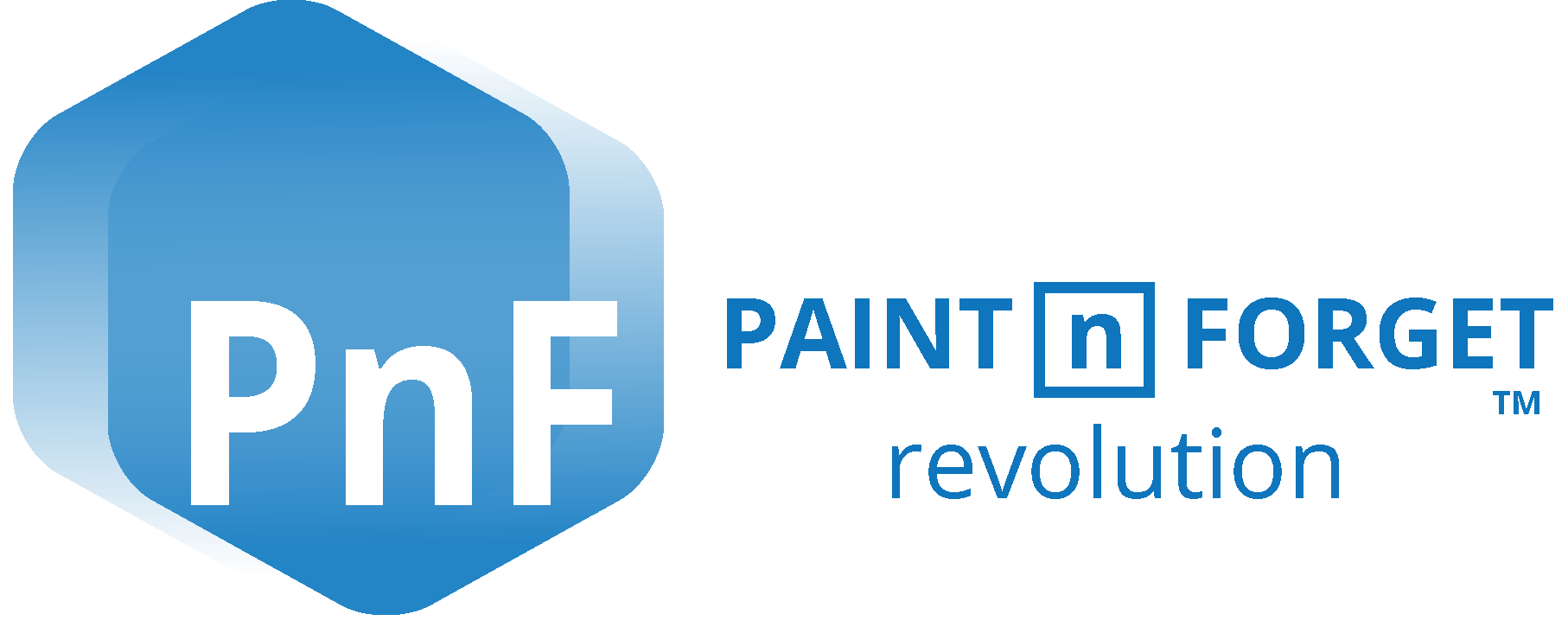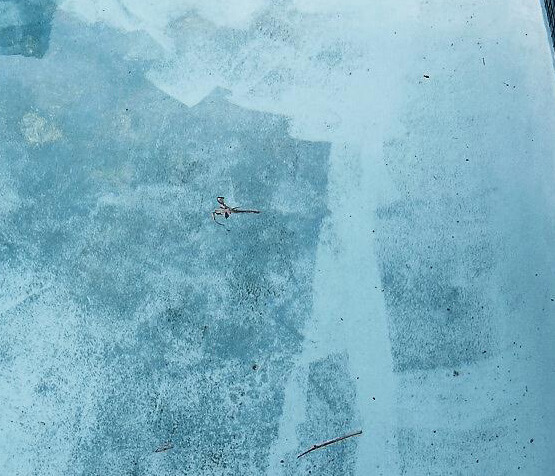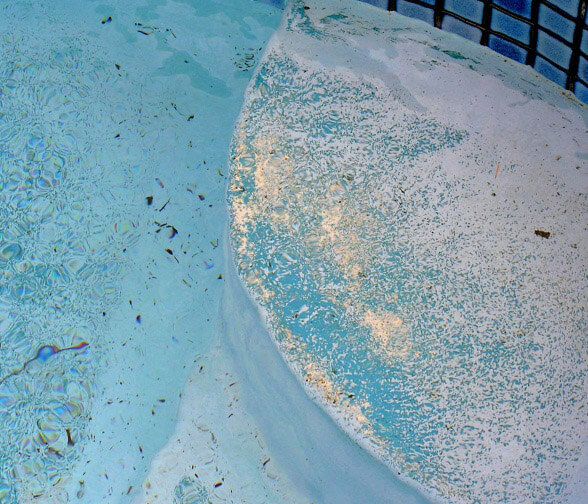So how to decide the best coating for your pool?
There are 2 main types of pool coatings: Chlorinated Rubber (pool paint, rubber paint) and Epoxy. There are very small number of pools painted with acrylic products, but they usually are done just to sell the house and will last for few months, so we will not consider them in this article.
Chlorinated Rubber: (CR) is a cheap maintenance type paint. Was originally designed for commercial/school and council pools when they could empty them every winter and re-coat. Chlorinated Rubber painted residential pools may last a little longer. CR requires an absolutely dry surface for application, a long 7 – 14 days drying , has strong offensive fumes and multiple (minimum 4) coats for a reasonable life. CR is not compatible with any other coating and requires significant preparation or even complete removal of old Chlorinated Rubber product before re-coating. It is economical on a short term basis and that is why it is still sold. However it is being phased out, due to concerns with its performance, hard to use and high solvent content.
Epoxy Coatings: are the most common coatings currently used in pools. There are a few brands and types.
General Grade: found in paint shops etc, for use on concrete floors, workshops, steel work etc. These are not designed for use in swimming pools. Some would last a while whereas some would degrade quickly. Usually they work well in a dry environment, but when immersed in the water 24/7, may well loose performance. Some are not safe to swim in.
Pool Grade Epoxies: found at specialist suppliers only and will last much longer in pools as they are specifically designed for water immersion. They are; chlorine, chemical and UV resistant.
For these paints, all else being equal, durability relates to how thick the (cured /dry) paint film is in your pool. As they slowly wear away the thicker the paint film the longer they last, meaning more swim time, less pool work time.
Generally you can expect 7 – 10 years of service life when applied thickly. As a guide 300 – 400 microns is recommended film thickness, when dry / cured. By comparison house paint is about 1/5th this thickness.
Why can only be found in specialist suppliers? Its due to being a unique product and the success of its performance relates to the correct procedure including preparation. Experience is required to explain that, which bulk and most retail shops don’t have experienced staff to advise. So be careful if you are buying something from the shelf!
We are delighted to answer your questions one on one, almost anytime.
Epoxy paint
E4115 is called a high build coating. Meaning it goes on thickly and easily, to last. This is almost 100% solids , which means no thinners or solvents involved in its chemical structure. For example your house paint would have 40-60 % of solids. Water which is the solvent in house paint will evaporate, then the film shrinks back leaving a smaller percentage of solid paint material on the surface, to protect your home. A high build coating will not shrink back and will keep that applied thickness, giving maximum protection. More performance, less hassle to re coat too soon.
E4115 has no thinners, but is specially designed to flow out easily by brush or roller to get the thick coating and that is the key for longevity. The thicker it is, the longer it lasts, why? Epoxy when cured completely is inert. It cannot be removed chemically with anything. Only mechanical wear and tear can damage it. That is why thickness is so important. You need 300 – 400 microns, for best value.
E4115 being 100% solids, when applied at our specified coverage rates and number of coats will provide a nominal dry film thickness of 320 microns. Comparing to other leading brands their thickness is around 150 – 200 microns, (only half the required thickness) Not thick enough to last. You will need to apply 3 or more coats now or come back after a few years and apply more. There is no miracle to make cheap paints. Solvents are cheap. Buy low now and be back painting again in a few years.
E4115 has been applied in 1000’s of pools for many years now. Most professionals have had the time to compare it to other products. The main comments are: how well it flows out, covers the surface and has a great opacity. Also how nice it is to use and get a wonderful finish. It hangs up on vertical surfaces, providing a high build coating there too. Other paints would “run” leaving a very unattractive finish that is extremely difficult to fix later, considering that cured epoxy is so hard.
Other Epoxies:
Other epoxies have thinners (some, up to 50%) they indeed look good when applied and cover much more area, will last for few years, however if you want them to last longer then you need 1, 2 or 3 extra coats.
More work for you, at the beginning or often after a few a years, when you see it wearing through.
In fact one supplier recommends 3 coats at 50 micron thickness, meaning 150 microns in total.
Most of those paints are cheaper per litre. But consider this, half of that will evaporate, so to get to that magic 300 microns you would need additional product, sometimes the same amount you already applied. On average you would spend 30% more, to have an equal result as per E4115. And more coats to apply as well.
But is it worth it? More Swim, less pool work is the answer.
So if you are comparing epoxy coatings before deciding, make sure you are comparing the thickness of the final finish, ease of application and durability. Not just the price in the can!
In this tough economic time, most paint companies can use hidden ways to sell you something that in the end will not last ………… it’s called dilution!
More Swim, less pool work is the answer.
Other features of epoxy.
- you get great opacity (the paint covers very well leaving very even colour finish)
- you can go on to damp surfaces (it can cure under water!)
- no solvent to give you headaches
- easy mixing and roller application.
- fantastic looking finish.


